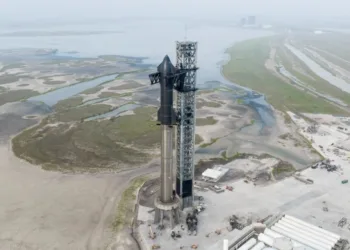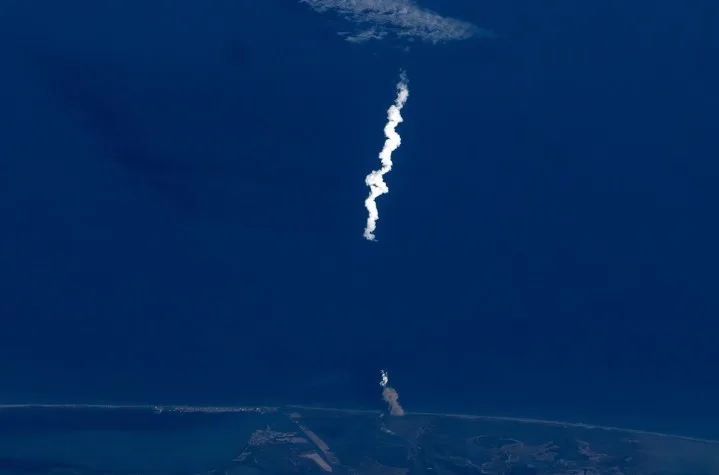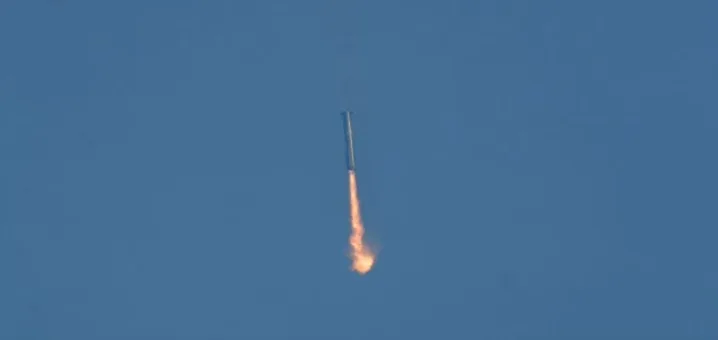SpaceX has unveiled photos of a Super Heavy booster making its way to the launchpad for pre-flight evaluations.
“The Flight 6 Super Heavy booster has been relocated to the Starbase pad for testing,” SpaceX announced in a post on X (formerly Twitter) on Tuesday.
Flight 6 Super Heavy booster moved to the Starbase pad for testing. The move comes just one week after returning the first booster caught following launch pic.twitter.com/iwmqCeF3tE
— SpaceX (@SpaceX) October 22, 2024
SpaceX, under the leadership of billionaire entrepreneur Elon Musk, is eager to advance with the sixth test flight of the Starship, which includes both the Super Heavy booster and the Starship spacecraft.
Upon completion of the pre-launch testing on the Super Heavy’s engines, engineers are set to test the engines of the Starship as well. Afterward, the Starship will be mounted on top of the Super Heavy in preparation for the sixth test flight from SpaceX’s facility in Boca Chica, Texas.
The most recent test of the most powerful rocket ever flown occurred on October 13 and was met with great success. This mission featured the launch tower’s massive mechanical arms successfully “catching” the Super Heavy booster as it returned to Earth shortly after deploying the Starship into orbit. This marked the first attempt at this technique, paving the way for SpaceX to establish a dependable, reusable Starship system aimed at increasing flight frequency and reducing mission costs.
Details regarding the timing of the sixth Starship test remain unclear, but there is a strong possibility it could occur as early as the end of next month. A communication to news site NASASpaceflight (NSF) from the Federal Aviation Administration (FAA) indicated that SpaceX currently holds the necessary clearance to launch, provided it adheres to the same mission profile as Flight 5. Nonetheless, any alterations to that profile will require additional FAA review before a launch permit can be granted.
“The SpaceX Starship/Super Heavy Flight 5 license authorization also includes FAA approval of the Flight 6 mission profile,” the regulatory body informed NSF. “The FAA concluded that the changes requested by SpaceX for Flight 6 fall within what has already been evaluated. Any further modifications to the approved Flight 6 operational scope may necessitate additional FAA assessment.”
NASA is closely monitoring the development of the Starship, as it plans to utilize the vehicle for the Artemis III mission, which aims to land the first humans on the lunar surface in over fifty years, currently scheduled for 2026.










